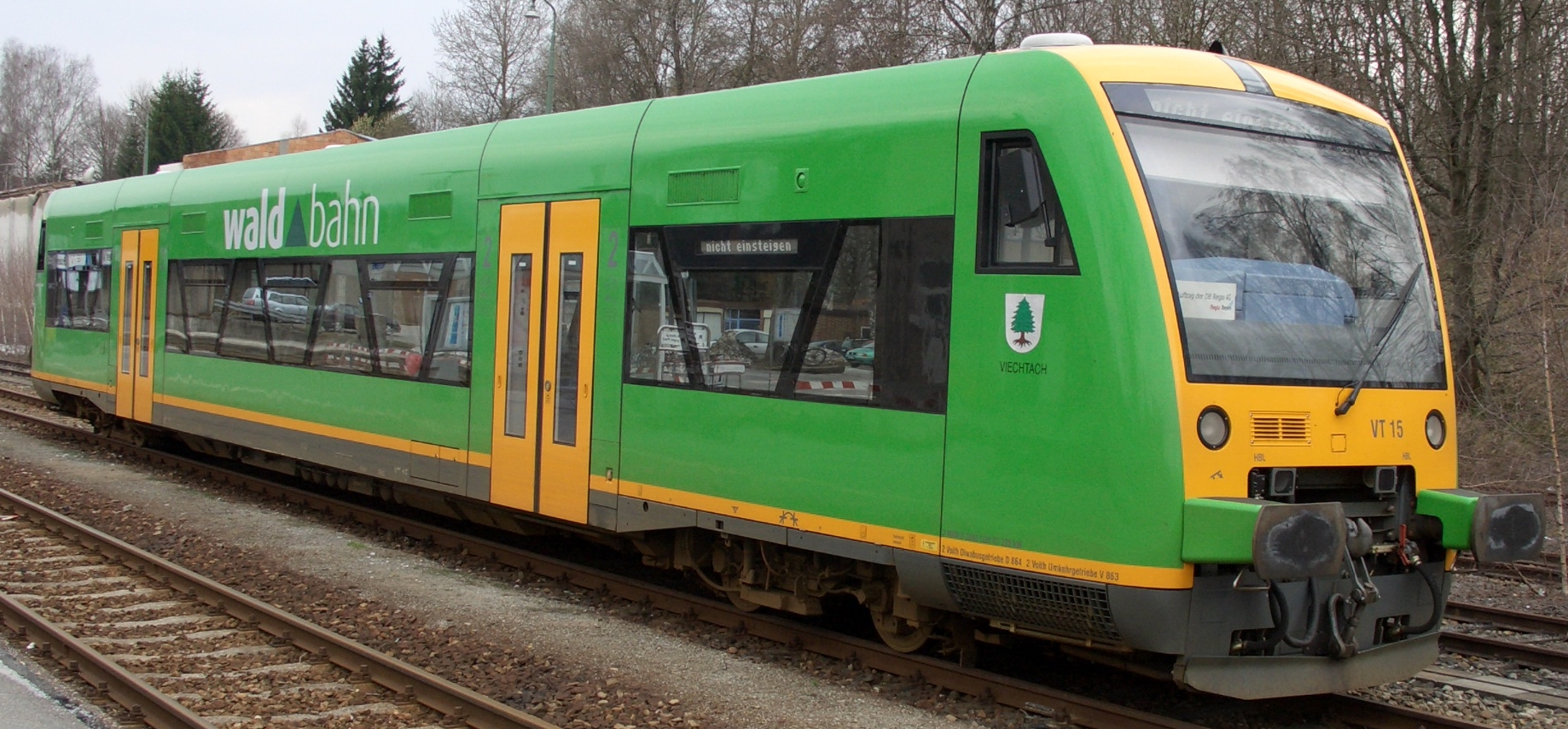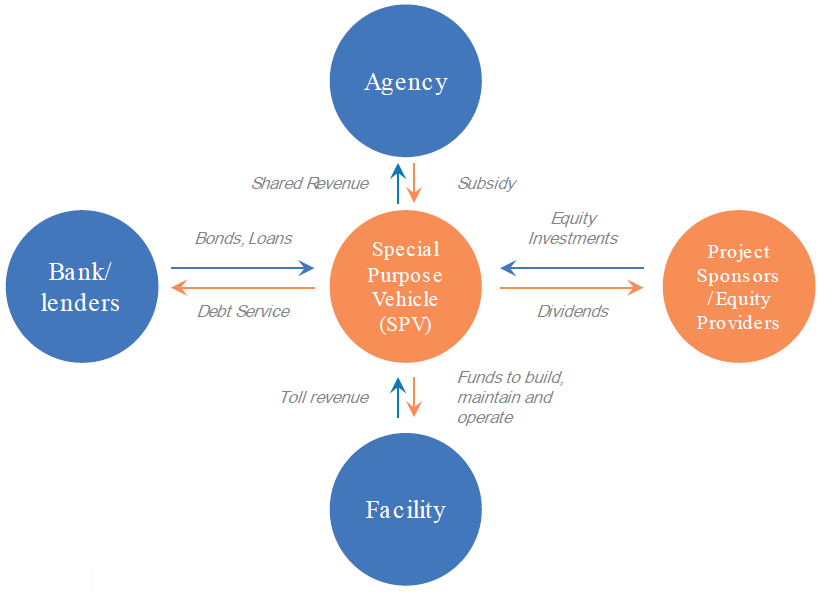|
Deggendorf–Metten Railway
The Deggendorf—Metten railway was a local Bavarian branch line (''Lokalbahn'') in southern Germany. It was established by the ''Aktiengesellschaft der Lokalbahn Deggendorf-Metten'', a railway company in eastern Bavarian that built and operated this standard gauge line between the two towns. The company was founded, on the one hand, to provide a railway link to the town of Metten, well known for its monastery (''Kloster Metten'') and, on the other hand, to export stone from the granite quarries in the surrounding area. The concession was issued on 7 September 1890. That same year construction started and, on 17 October 1891, it was opened to traffic. The length of the ''Paterbahn'', as it was called in the local dialect, was 4.22 kilometres. In addition, in Metten there was a 1.1 kilometre long branch to the quarries. The two steam locomotives that worked the line were called ''Deggendorf'' (Krauss 1891/ 2451 - B n2t - 1,435 mm, scrapped in 1965) and ''Metten ... [...More Info...] [...Related Items...] OR: [Wikipedia] [Google] [Baidu] |
Bavarian Forest Railway
The Bavarian Forest Railway (''Bayerische Waldbahn'' often just called the ''Waldbahn'') () links the heart of the Bavarian Forest around Regen and Zwiesel to Plattling and the Danube valley on one side, and the Czech Republic through Bayerisch Eisenstein on the other. In the Danube valley it forms a junction with the Nuremberg–Regensburg–Passau long-distance railway (KBSKBS stands for ''Kursbuchstrecke'' or 'timetable route'; the KBS numbers are the route numbers given in the official railway timetables 880) and, to the south, regional lines to Landshut and Munich (KBS 931). History In 1867 the Bavarian state began first investigating the possibility of a railway link from Plattling via Deggendorf, Regen und Zwiesel to the Bohemian border to provide transportation for the industries there. The Bavarian-Austrian state treaty of 21 June 1851 envisaged a junction with the Bohemian railway network at Eisenstein in addition to the existing connections to Bohemia at Furth im Wald ... [...More Info...] [...Related Items...] OR: [Wikipedia] [Google] [Baidu] |
Deggendorf Central Station
Deggendorf Hauptbahnhof a railway station in the German state of Bavaria, classified by Deutsche Bahn as a category 5 station. It is not currently part of any transport association, so standard DB fares apply. It is planned that it will be integrated in the network area of the Transport Community of Deggendorf District (''Verkehrsgemeinschaft Landkreis Deggendorf''). History The branch line from Plattling to Deggendorf was opened in 1866. This line was extended into the Bavarian Forest in 1874. The entire line was completed in 1877, when Deggendorf station was also opened. This was followed by the construction of additional lines. Thus, the line to Metten opened on 17 October 1891 and another line was opened initially to Hengersberg on 26 November 1913 and was completed to Kalteneck in the municipality of Hutthurm on 1 August 1914. Due to the increased importance of the station it was renamed as ''Deggendorf Hauptbahnhof'' (main station) on 5 May 1941. Building The two-store ... [...More Info...] [...Related Items...] OR: [Wikipedia] [Google] [Baidu] |
Metten
Metten is a municipality in the district of Deggendorf in Bavaria in Germany. The town grew up around the Benedictine Metten Abbey, founded in 766. Metten is also the birthplace of former Bayern Munich Fußball-Club Bayern München e. V. (FCB, ), commonly known as Bayern Munich (), FC Bayern () or simply Bayern, is a German professional sports club based in Munich, Bavaria. They are most known for their men's professional football team, ... goalkeeper Sepp Maier. References Deggendorf (district) {{Deggendorf-geo-stub ... [...More Info...] [...Related Items...] OR: [Wikipedia] [Google] [Baidu] |
Lokalbahn
A ''Lokalbahn'' or ''Localbahn'' ("local line", plural: -en) is a secondary railway line worked by local trains serving rural areas, typically in Austria and the south German states of Bavaria and Baden-Württemberg. ''Lokalbahnen'' appeared at the end of the 19th century before the use of cars became widespread. Development Because the construction and operation of main line railways was not always covered by their income, simpler solutions were sought. As early as 1865 the engineering conference of the Union of German Railway Administrations (''Verein Deutscher Eisenbahnverwaltungen'') had set out the principles for secondary lines. These were enshrined in law in 1878 with the Railway Act for German Railways of Secondary Importance (''Bahnordnung für deutsche Eisenbahnen untergeordneter Bedeutung''). Bavaria By the 1880s, the Bavarian main line network was largely completed and attention now turned to its expansion into the hinterland. On 21 April 1884 the first Bavaria ... [...More Info...] [...Related Items...] OR: [Wikipedia] [Google] [Baidu] |
Deggendorf
Deggendorf (; ) is a town in Bavaria, Germany, capital of the Deggendorf district. It is located on the left bank approximately in the middle between the Danube cities of Regensburg and Passau. The Danube forms the town's natural border towards the south. Towards the west, north and east the town is surrounded by the foothills of the central Bavarian Forest. Near the southwestern rim of the town, the railway bridge crosses the Danube at river-kilometer 2286. Directly south of the town Autobahn A3 and A92 form an important crossing. A few miles downstream, east of the district Deggenau, lies the confluence of the River Isar with the Danube. Historical background Early history The earliest traces of settlement in the area were found near the Danube and date back approximately 8,000 years. Both Bronze Age and Celtic era archeological finds indicate continuous habitation through the millennia. The first written mention of Deggendorf occurred in 868, and Henry II, Holy Roman ... [...More Info...] [...Related Items...] OR: [Wikipedia] [Google] [Baidu] |
Concession (contract)
A concession or concession agreement is a grant of rights, land, property, or facility by a government, local authority, corporation, individual or other legal entity. Public services such as water supply may be operated as a concession. In the case of a public service concession, a private company enters into an agreement with the government to have the exclusive right to operate, maintain and carry out investment in a public utility (such as a water privatisation) for a given number of years. Other forms of contracts between public and private entities, namely lease contract and management contract (in the water sector often called by the French term ''affermage''), are closely related but differ from a concession in the rights of the operator and its remuneration. A lease gives a company the right to operate and maintain a public utility, but investment remains the responsibility of the public. Under a management contract the operator will collect the revenue only on behalf ... [...More Info...] [...Related Items...] OR: [Wikipedia] [Google] [Baidu] |
Regentalbahn AG
The Regentalbahn (''Regentalbahn AG – Die Länderbahn'') is railway company based in Bavaria, and is owned by Ferrovie dello Stato and the Luxembourg infrastructure fund ''Cube'', through the German holding company of Netinera. It runs railway infrastructure, as well as regional and long-distance passenger services in Bavaria and Saxony with links into the Czech Republic, and Germany-wide goods trains. The subsidiary ''Regental Bahnbetriebs-GmbH (RBG)'' operates goods trains though its subsidiary ''Regental Cargo'', and passenger trains through '' Die Länderbahn'', whilst ''Regental Fahrzeugwerkstätten'' operates railway workshops. A fourth subsidiary ''Regental Kraftverkehrs'', a bus operator, ceased operations in 2004. Emergence of the Regentalbahn AG (RAG) On 9 May 1889 the "AG Localbahn Gotteszell - Viechtach" railway company sprang to life as a result of a "concession for the construction and operation of a standard gauge railway from Gotteszell to Viechtach" dated 2 ... [...More Info...] [...Related Items...] OR: [Wikipedia] [Google] [Baidu] |
List Of Closed Railway Lines In Bavaria
This is a list of closed railway lines in Bavaria. Cessation of passenger services on railway lines in Bavaria since 1950 1950s {, class="wikitable sortable" , - class="hintergrundfarbe5" style="white-space:nowrap" !Year !! style="width:80px;", Date !! Section !! Route !! style="text-align:right;", Length !! class="unsortable" , Remarks , - , 1950 , 14 May , Coburg-Görsdorf , Eisenach–Lichtenfels railway, Werra Railway (Thuringia) , 12.8 km to border , , - , 1952 , 29 May , Pressig-Rothenkirchen–Tettau (Oberfranken), Tettau , Pressig-Rothenkirchen–Tettau railway, Pressig-Rothenkirchen–Tettau , 16.80 km , , - , 1953 , 1 December , , Wolnzach Bf–Geisenfeld , 9.3 km , , - , 1954 , 3 October , Kronach, Neuses-Weißenbrunn , Neuses–Weißenbrunn railway, Neuses-Weißenbrunn , 5.0 km , , - , 1955 , 22 May , Bodenwöhr-Nittenau , Bodenwöhr–Nittenau railway, Bodenwöhr Nord–Nittenau , 10.7 km , , - , , 22 Ma ... [...More Info...] [...Related Items...] OR: [Wikipedia] [Google] [Baidu] |
Bavarian Branch Lines
Bavarian branch lines comprised nearly half the total railway network in Bavaria, a state in the southeastern Germany that was a Kingdom of Bavaria, kingdom in the days of the German Empire. The construction era for branch lines lasted from 1872, when the first route, from Siegelsdorf to Langenzenn, was opened, to 1930, when the last section of the branch from Gößweinstein to Behringersmühle went operational. History The first German railway line was opened in Bavaria in 1835. This was the ''Bavarian Ludwigsbahn, Ludwigsbahn'' (Ludwig's Railway) from Nuremberg to Fürth which opened on 7 December 1835. This was the start of a railway building frenzy, which rapidly spread across the state. The second Bavarian railway line, from Munich to Augsburg, soon followed. The early railways were private lines, but from 184?, the Bavarian state oversaw the construction of railways, through its state-owned railway company, the Royal Bavarian State Railways. The most important routes wer ... [...More Info...] [...Related Items...] OR: [Wikipedia] [Google] [Baidu] |
Regentalbahn
The Regentalbahn (''Regentalbahn AG – Die Länderbahn'') is railway company based in Bavaria, and is owned by Ferrovie dello Stato and the Luxembourg infrastructure fund ''Cube'', through the German holding company of Netinera. It runs railway infrastructure, as well as regional and long-distance passenger services in Bavaria and Saxony with links into the Czech Republic, and Germany-wide goods trains. The subsidiary ''Regental Bahnbetriebs-GmbH (RBG)'' operates goods trains though its subsidiary ''Regental Cargo'', and passenger trains through '' Die Länderbahn'', whilst ''Regental Fahrzeugwerkstätten'' operates railway workshops. A fourth subsidiary ''Regental Kraftverkehrs'', a bus operator, ceased operations in 2004. Emergence of the Regentalbahn AG (RAG) On 9 May 1889 the "AG Localbahn Gotteszell - Viechtach" railway company sprang to life as a result of a "concession for the construction and operation of a standard gauge railway from Gotteszell to Viechtach" dated 2 ... [...More Info...] [...Related Items...] OR: [Wikipedia] [Google] [Baidu] |




